Mark Your Calendars: The Grand Tourist 2026 Guide to Art and Design Fairs
A great design or art fair sets the tone for the year, defines the conversations, and points to where taste is headed. These are the fairs defining 2026. Save the dates.
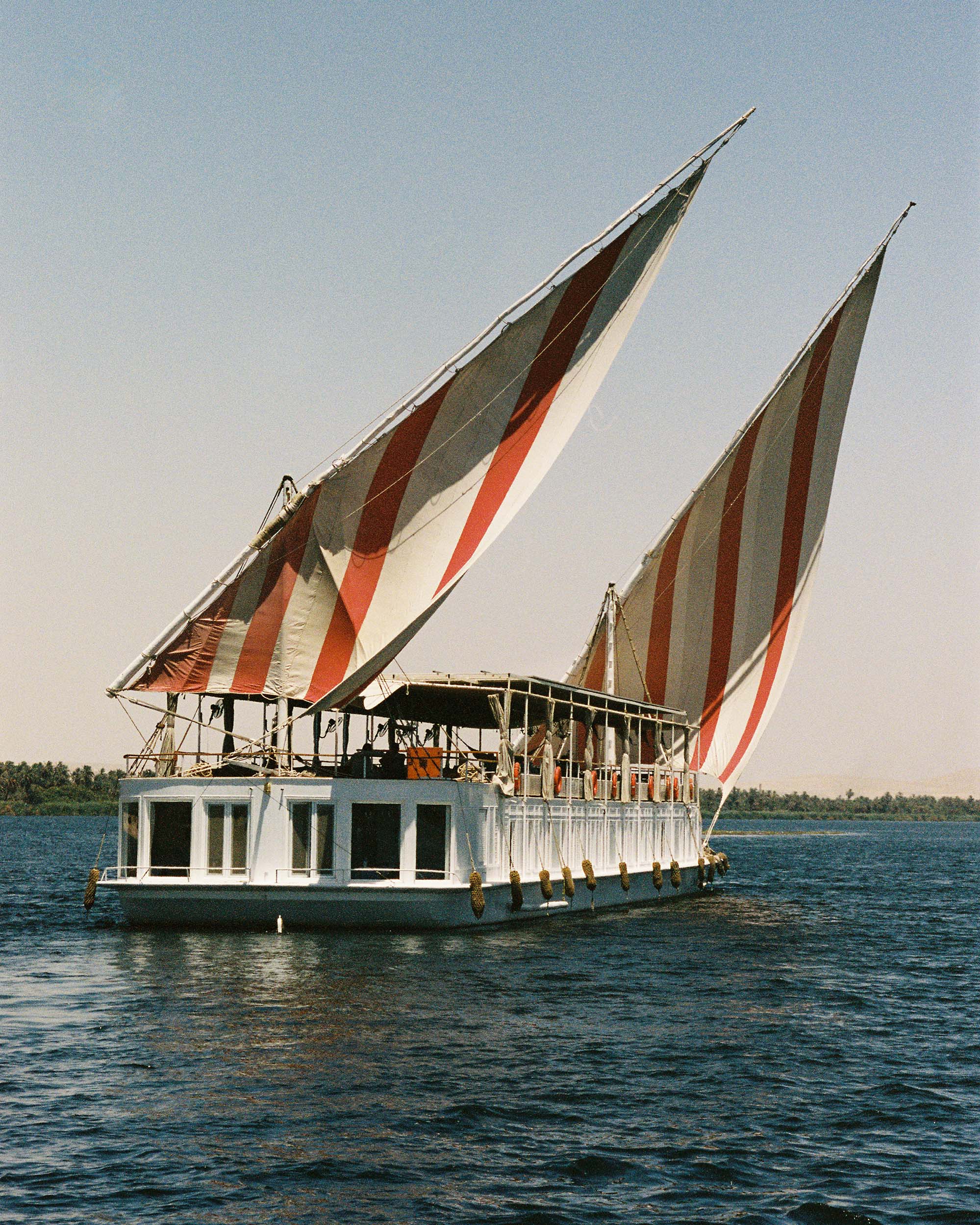
This article is from our first-ever print issue, available for order online now.
For as long as he can remember, the writer and photographer Chris Wallace has thought a lot about “words and images, words and images.” Growing up in L.A., he wanted to be a filmmaker. After moving to New York, he became a magazine maker at Interview and Mr Porter, as well as a critic and essayist of movies and books for the New York Times, Complex, and the Los Angeles Review of Books. All the while, he was making short films and taking pictures as a hobby. Then in 2020, Wallace took a trip to Kenya to research Twentieth-Century Man: The Wild Life of Peter Beard—his biography about the celebrated and notorious artist, which came out in 2023—and suddenly words and images joined forces with travel (amid a global pandemic) to set his life on an entirely new course.
He spent six months in Covid-silenced Venice just wandering and snapping 35 mm images, which helped him develop his style and point of view. He joined an artist residency in Taos. And he began getting magazine commissions from publications like the Financial Times and Travel + Leisure. A 15-year-long life in New York City became more tenuous and provisional; he left town for good last September, a good time for a “chapter break,” he says. And before he knew it, he was on the road more than 300 days a year, making epic, continent-spanning journeys and producing cinematic bodies of work that combine film photography and travel narrative in an intimate, evocative way that harkens back to slower and more exotic modes of travel.
Wallace’s sailing trip down the Nile in Egypt pictured on the following pages, in a two-sail dahabiya boat that’s part of a small fleet owned and operated by company Nour El Nil, came at the end of what he calls his “Cape to Cairo” trip, which took him by plane, train, car, and boat through South Africa, Namibia, Zambia, Botswana, Mozambique, Tanzania, Kenya, and Egypt. Speaking from Taos, I sat down with Wallace to discuss how he came to his particularly atmospheric way of seeing the world, what life is like perpetually in the wind, and how travel can and sometimes cannot change your life.
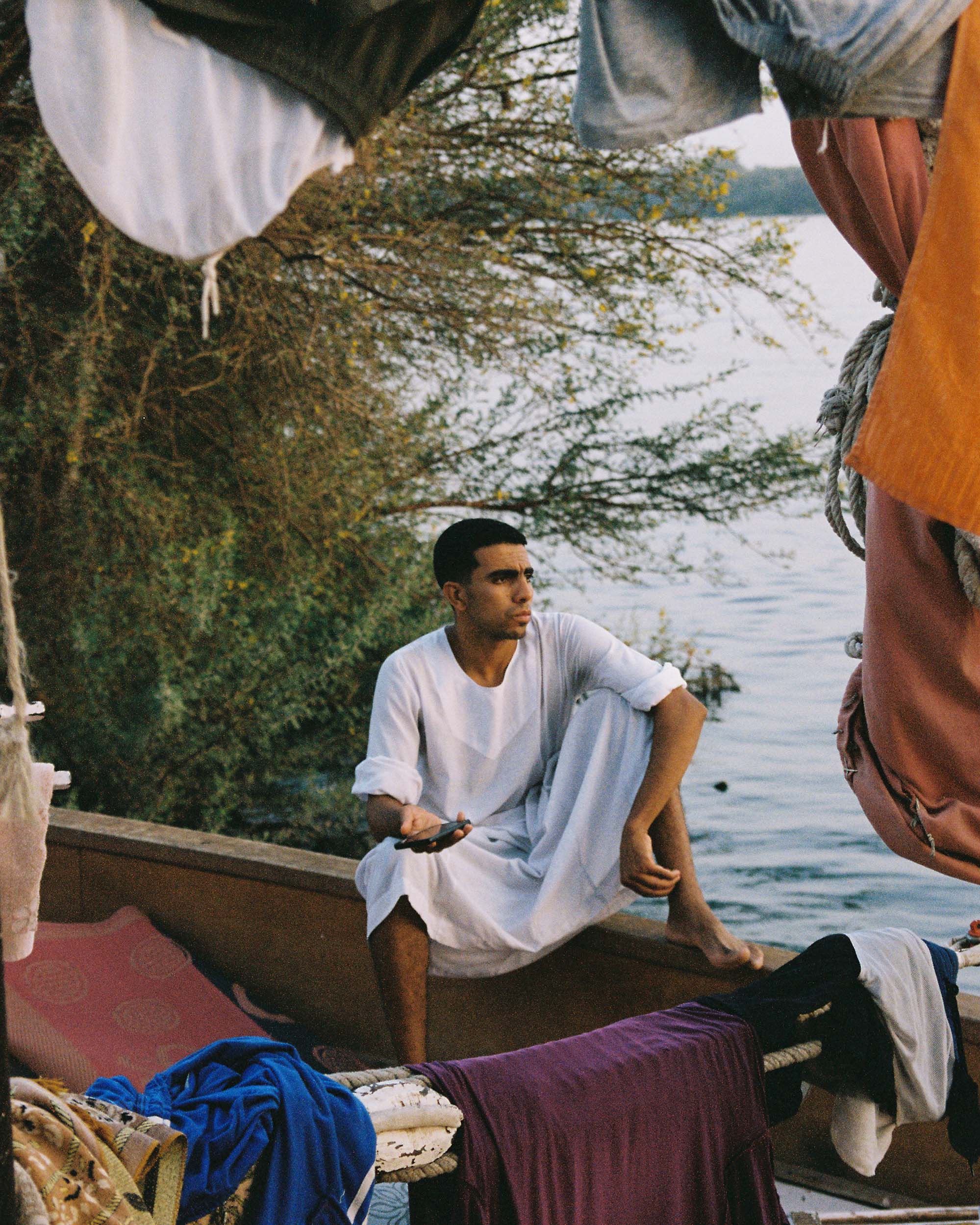
Chris, it’s been a while since we were last in touch. What have you been up to? And more importantly, where have you been?
Since the end of 2020, I’ve been traveling primarily as my job. I did a book about Peter Beard, which I filed in May of 2021, and since then I’ve been traveling. I’ve been home 30 days a year. I never really reestablished a life in New York post-pandemic, so it always felt like I was just camping there and catching up on Netflix shows and recovering from and preparing for future travel. I’ve been saying for the last couple of years that I should make an effort to reenter New York and get a job…or do this, whatever it is that I’m doing. Maybe move to Tangier or something.
Well, what is “this?” I assume you’ve always traveled a lot. In our circles in New York, everyone travels for work and for pleasure. But this is professional vagabondage.
Yeah. Well, I think I was quite late to it. As a kid, I didn’t travel a lot. I think the first time I left the country was in college. I got a grant to go travel a bit. So I feel like I’ve been making up for it ever since. When I was a kid, all I wanted to do was go be the expat in a linen suit in a Graham Greene novel. So I always aspired to that.
But even in magazines, the first 10 years that I was in New York, which was the second decade that I’d been working in magazines, I was still doing mostly arts. So celebrity stuff and reviews and criticisms, stuff like that. So I wasn’t really traveling a lot until I guess the 2010s. But then when I got the Peter Beard book deal, I had to travel during the pandemic at a time when nobody else was traveling. So I think because of that, magazines started to ask me to do both the words and the pictures.
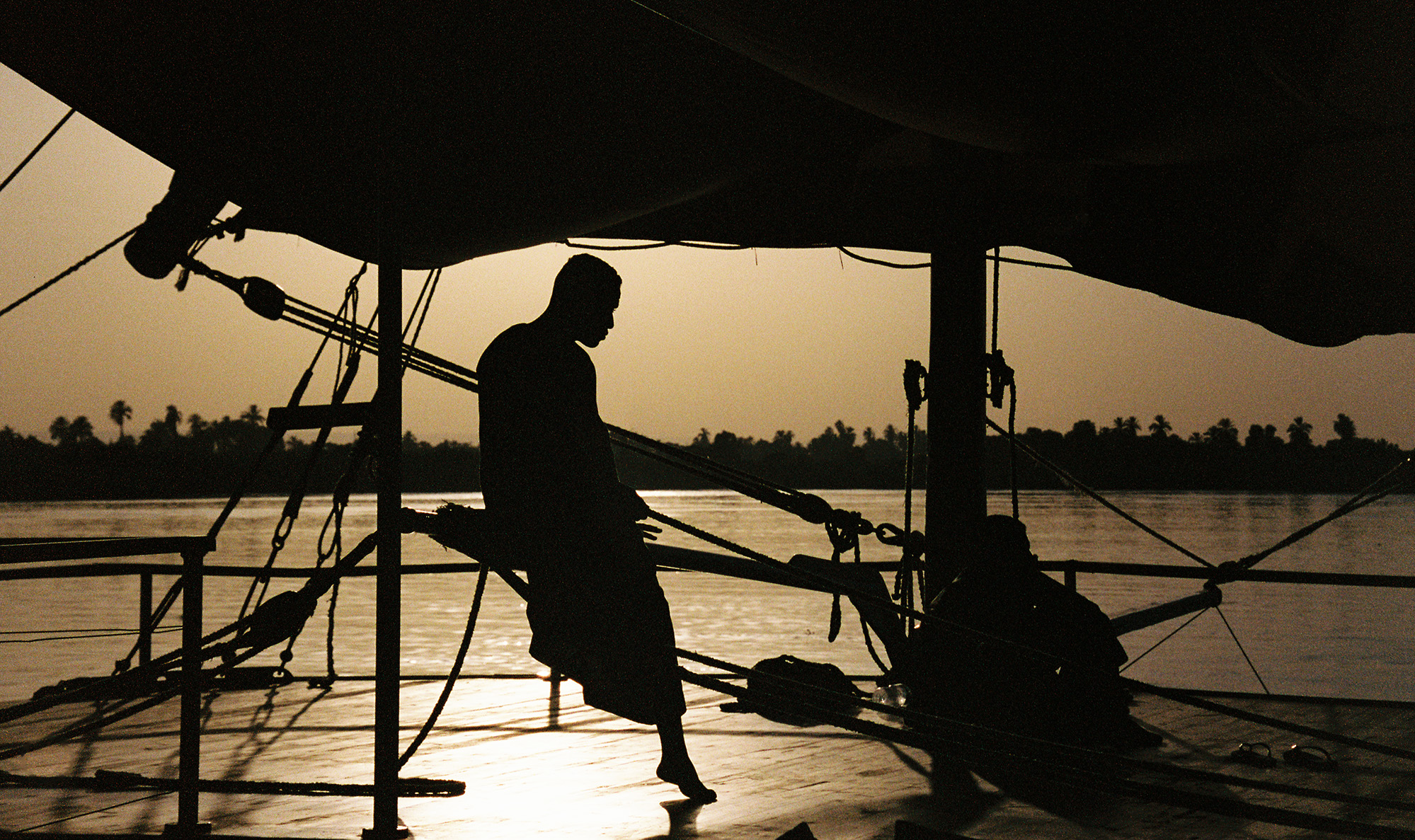
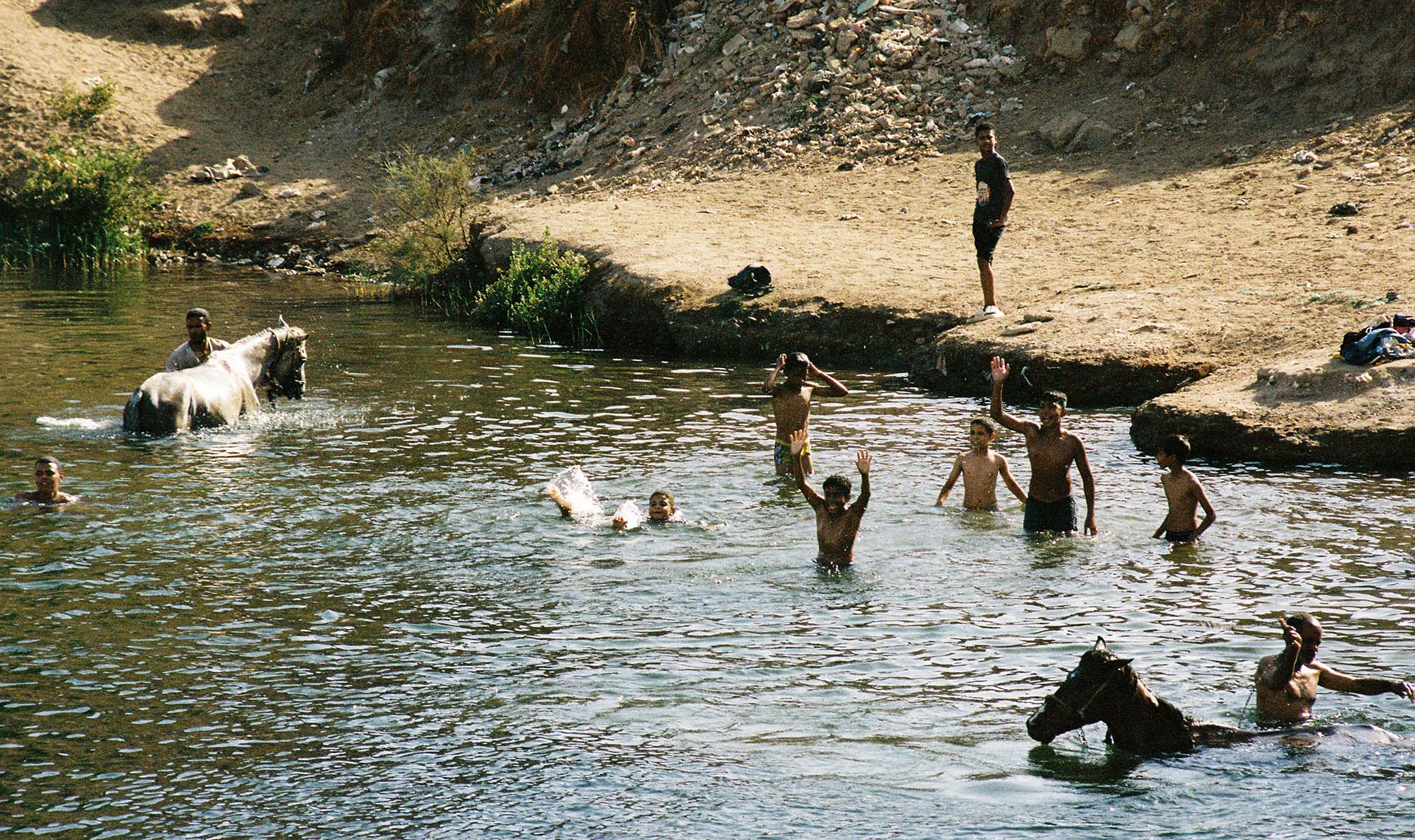
Was there a switch that flipped for you that was like, yep, I just need to be on the road pretty much all the time?
Yes, but it was very cart before the horse. I feel like I’m my best self when I’m traveling. When I’m at home, the place where the bills and the rent is due, I enter a different head-space. But when I’m traveling, I feel like I’m my most engaged, open, social, enthusiastic, energetic. And I wish that I could always have experiences the same way that I do when I’m on assignment, when it’s my job to be sopping it all up.
I apparently have a high metabolism, a high tolerance for traveling, so I’ve been pushing it a little bit with these big, big trips, like this Cape to Cairo journey, which was a month-long trip. That may not be the best way to get every tiny little morsel out of a place. But I’m really interested in building narratives around travel experience and the personal experience of travel. Generating those kinds of stories rather than responding to cultural products was something that I had been wanting to do for at least 10 years before I started actively doing it professionally.
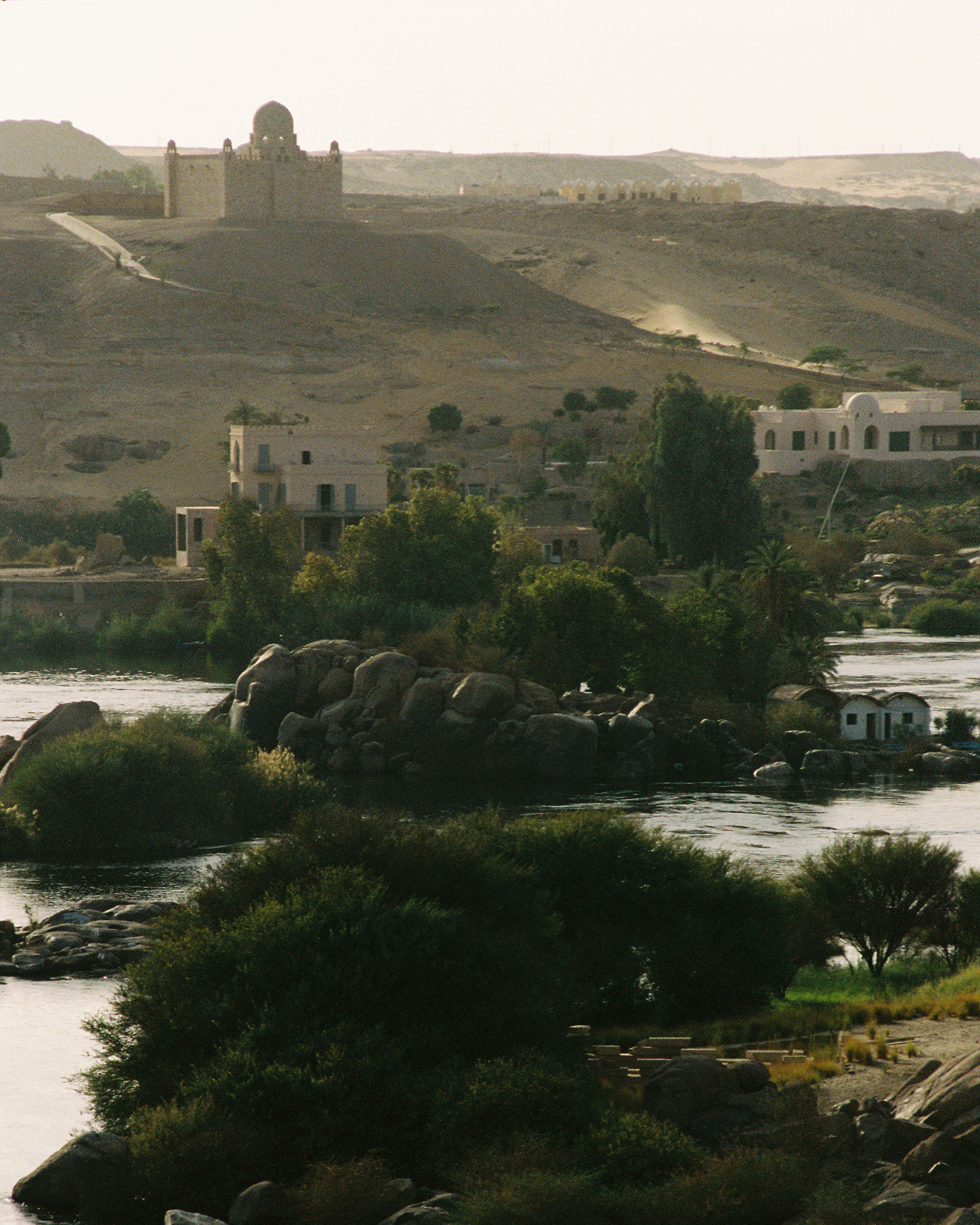
Was there a trip that crystallized your approach, where it felt like, okay, I really got it here?
Actually there are a couple of examples. I did a piece recently for Travel + Leisure about going to all the capitals of Cold War spy stories that I really loved. It was more than a pilgrimage— it was almost like traveling in character, the way that we weave ourselves into narratives. And I kept wanting to push it further and further to think about costuming myself as if I was in a spy movie in the 70s. And then the photography would be still-life images from a spy movie that never existed. I wanted to explore the idea about how we, consciously or not, pull from our mood board of images and then how that influences our travel. Because I am very interested in the story that we tell ourselves about who we are while we’re on the road, what our purpose is, what we’re doing there and why, as well as the stories we tell ourselves about the people and the places we encounter there and where those stories come from.
My inspirations when I was a kid came from Graham Greene, Paul Bowles, Wilfred Thesiger, and people like that, all of whom were colonial opportunists. So it’s complicated, and there’s a lot of baggage along with that. Rather than just sweeping that under a rug, I’m trying to interact with it in some way. The Cape to Cairo trip was expressly about stepping into these sagas that I think have informed the way the travel industry has reinforced certain patterns of travel based on these colonialists in the golden age.
In a similar way, I went to French Polynesia to explore how we think about paradise and how the Gauguin myth has created this Orientalist idea that a preindustrialized Global South is the screen-saver version of paradise. I’m trying to unpack a little bit of that freight and understand what all that means. I’m trying to apply that thinking to other places. In fact, I’m going to the Empty Quarter in Saudi Arabia in January as a way to understand Thesiger, because he was such a big one for me. And I go to Morocco quite frequently to think about Paul Bowles.
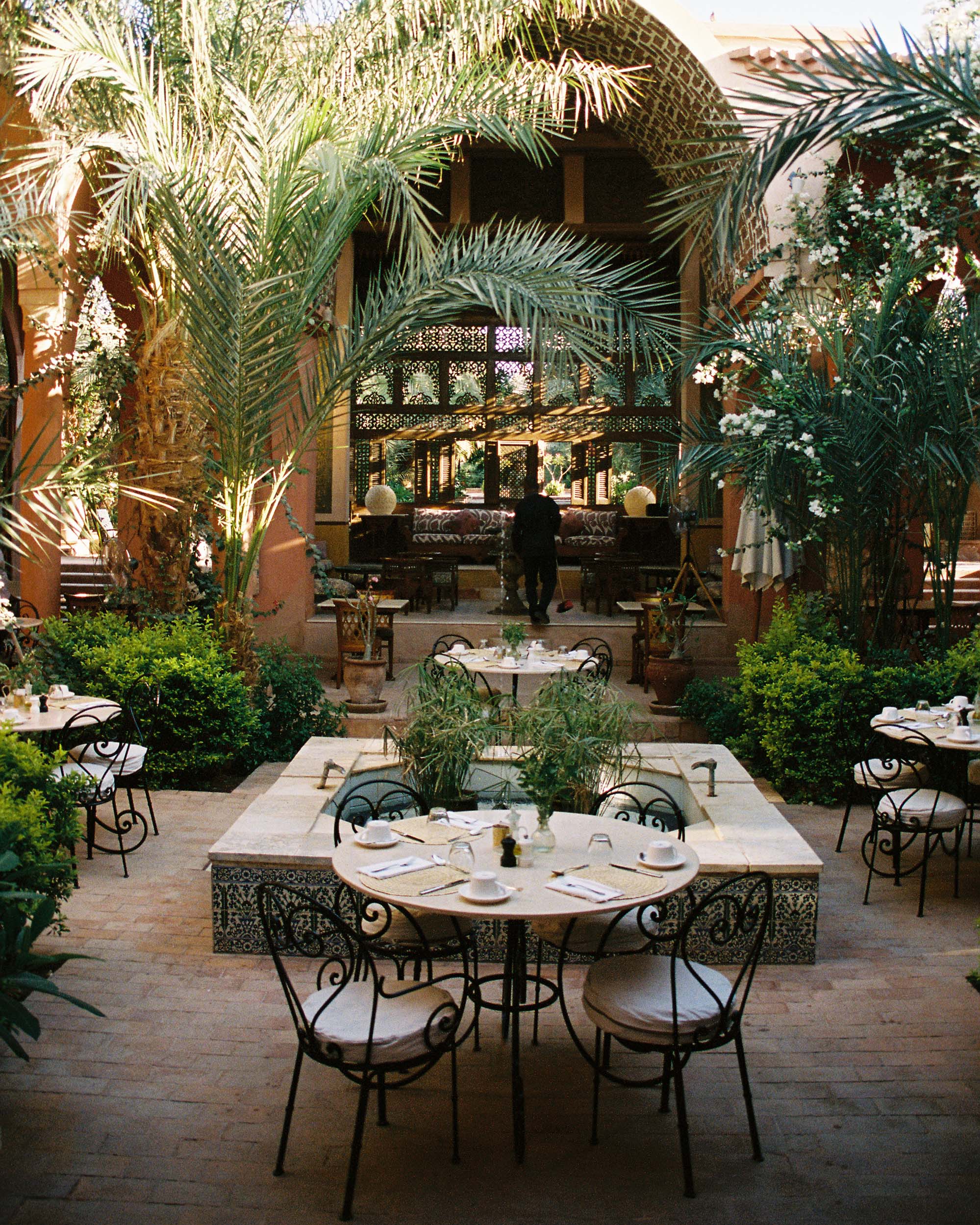
That kind of circles back, I think, to something you said before about traveling without the influence of “cultural product.” Do you mean traveling outside of the prescribed idea of where we’re supposed to go and what we’re supposed to care about, like new hotels and all that?
Well, I’m very interested in those things, too, because I’m interested in what the way we travel says about us. For example, all the conversation around revenge travel post-pandemic was that people would be going to go to Albania and Montenegro instead of Puglia, or whatever. But everybody just went back to the south of France and Puglia—they did the expected. So I’m interested in what our behavior says about our appetites.
But to be honest, I’m a terrible reporter. I don’t want to go and think about infrastructure and what to pack and things like that. So it’s easier for me to tell stories about my own experience. I try to build them in a way that can matter outside of just their own existence. So much of how I travel and the stories I like to tell have to do with identity. They have to do with the books and movies that made me want to be who I want to be. I call it wanderlure, the thing that inspires wanderlust. Whatever is dangling there that inspires you to go. So many of mine are books and movies. And so going to a place and trying to bounce off that, to think about what those things mean, is really fun for me.
How did you find your way to photography in combination with your writing?
I’ve always been very interested in photography as a hobbyist. But when I started traveling in 2020, when I was the only person on the plane, magazines were happy to take my pictures along with the text. So as soon as I filed the Beard book in May 2021, I moved to Venice, which wasn’t yet open. I had to get special permission from the government to go. I rented an apartment for six months and thought, I’m going to try to do photography more professionally. And if I’m to find a photographic voice, the way we talk about a writer’s voice, to do that in the most photographed city in the world means I will have found it. You know what I mean? If I can find my voice there, I can find it anywhere.
It’s funny—after having done that stint in Venice and getting commissions and feeling that I can call myself a photographer—my photography is exactly what I would’ve expected out of myself. The kind of pictures that I take, it’s a lot of what I’m interested in in terms of story and the iconography of a place.
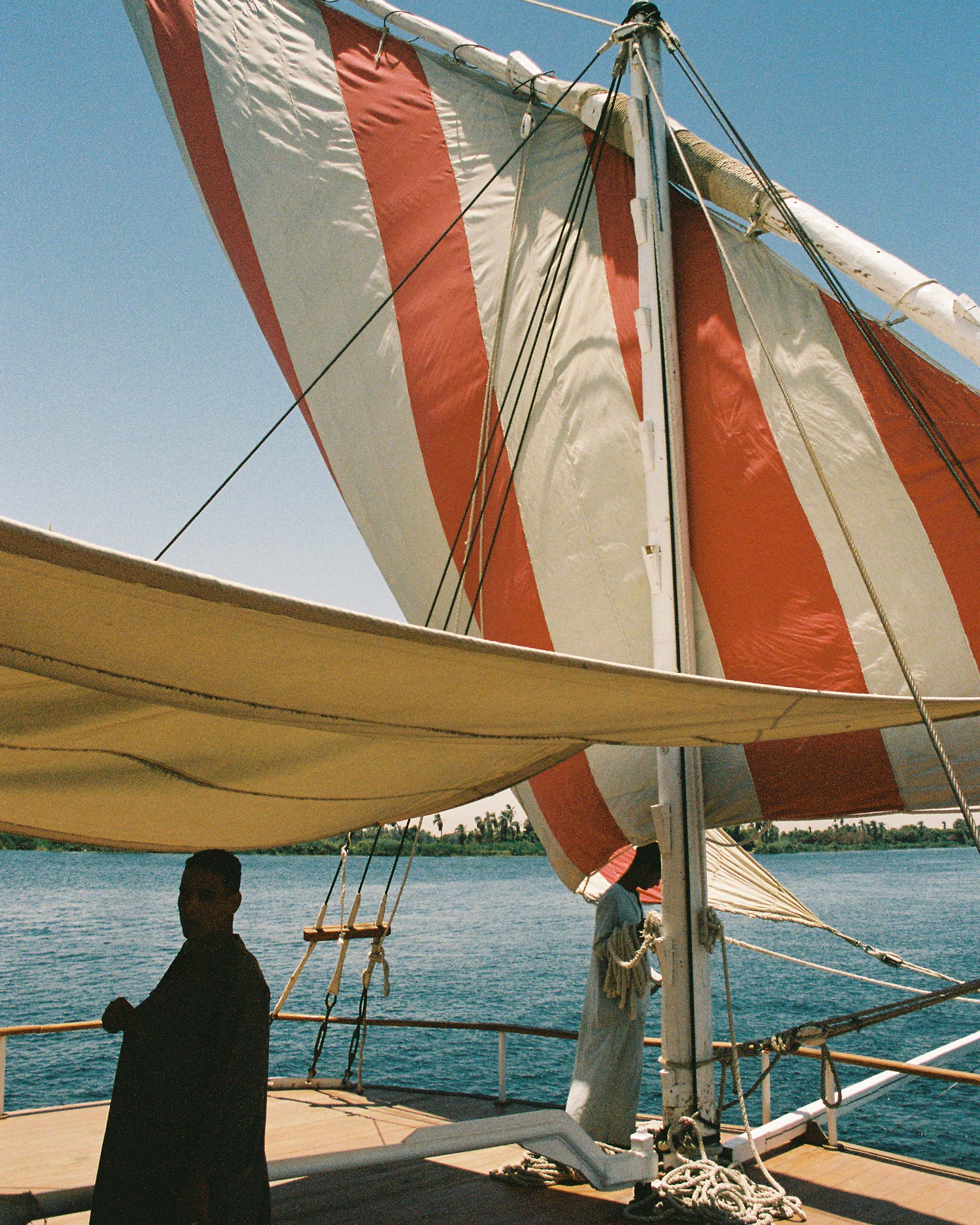
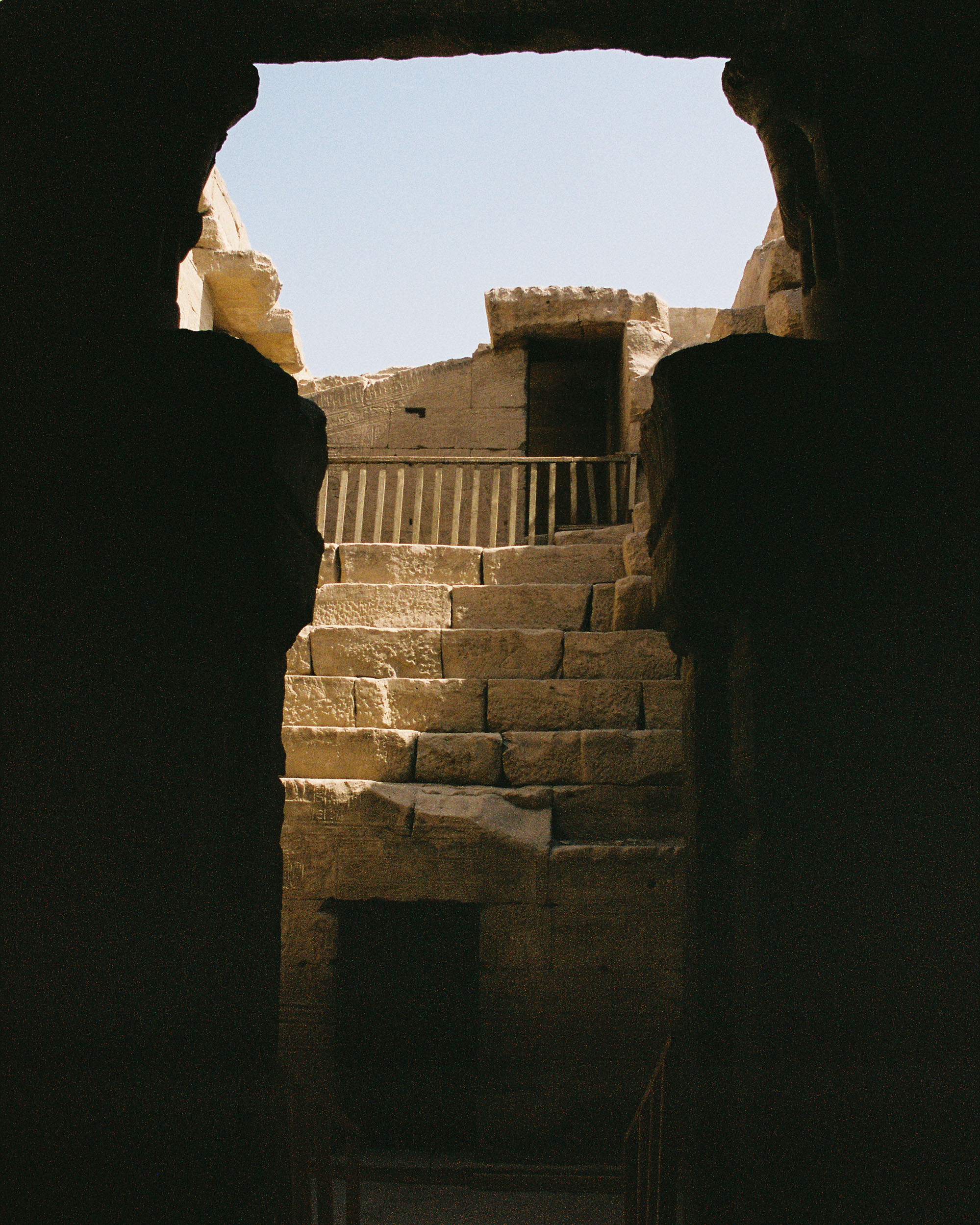
Can you say more about how your photographs are exactly what you would expect from yourself?
I actually wrote about this recently after I spent August 2023 in Paris. The city was beginning to project itself as a symbol for the Olympics, and the images I took were really about the distillation of logos and cityscapes and iconography—all the kinds of stuff that I like to play with in my photos. It’s like how in a spy movie there’s the opening shot—Istanbul or whatever—and the image tells you everything about where you are. It really establishes a mood. I’m interested in that. I love to take pictures that look like the movies that I love. I like it to feel as if there’s a story happening that we’re looking at a sliver of. I use lots of zoom and shoot with film that has a nice knobby grain so it looks like a 70s movie. I grew up loving the 70s and 80s magazines, like National Geographic, where an image of Victoria Falls feels at once nostalgic and moody, but also specific. I think part of it is my approach is based on an insecurity of coming to photography late and wanting to have a point of difference. I lean in as much as I can to the story that I’m telling myself about traveling, which goes back to these midcentury movies and books that inspired me to want to travel to begin with.
Looking at the images from the Nile, there’s a very consistent mood and cinematic quality. The point of view feels like that of a movie camera. There’s this play of foreground and background and subject that’s quite layered and does feel like a 1970s movie.
Ah, it’s incredible. I will say this about Egypt more broadly, and this trip specifically: It’s the greatest thing I’ve ever done. It’s spectacular in that you are sitting there, and they bring the greatest ruins in the world right to you—that’s wonderful. But there’s this other part of it that connects this idea of slow travel, where you’re wandering into a world and creating a narrative that you can dress up for. There are just 10 people on the boat, and the food is incredible. Mostly each of the stops is going to a temple, which they’ve timed so that you have it to yourself. It’s just you and a guide—it’s heaven. The rest of the time you’re lounging around in linen and sitting on cushions drinking tea. All of that really suits my metabolism quite well.
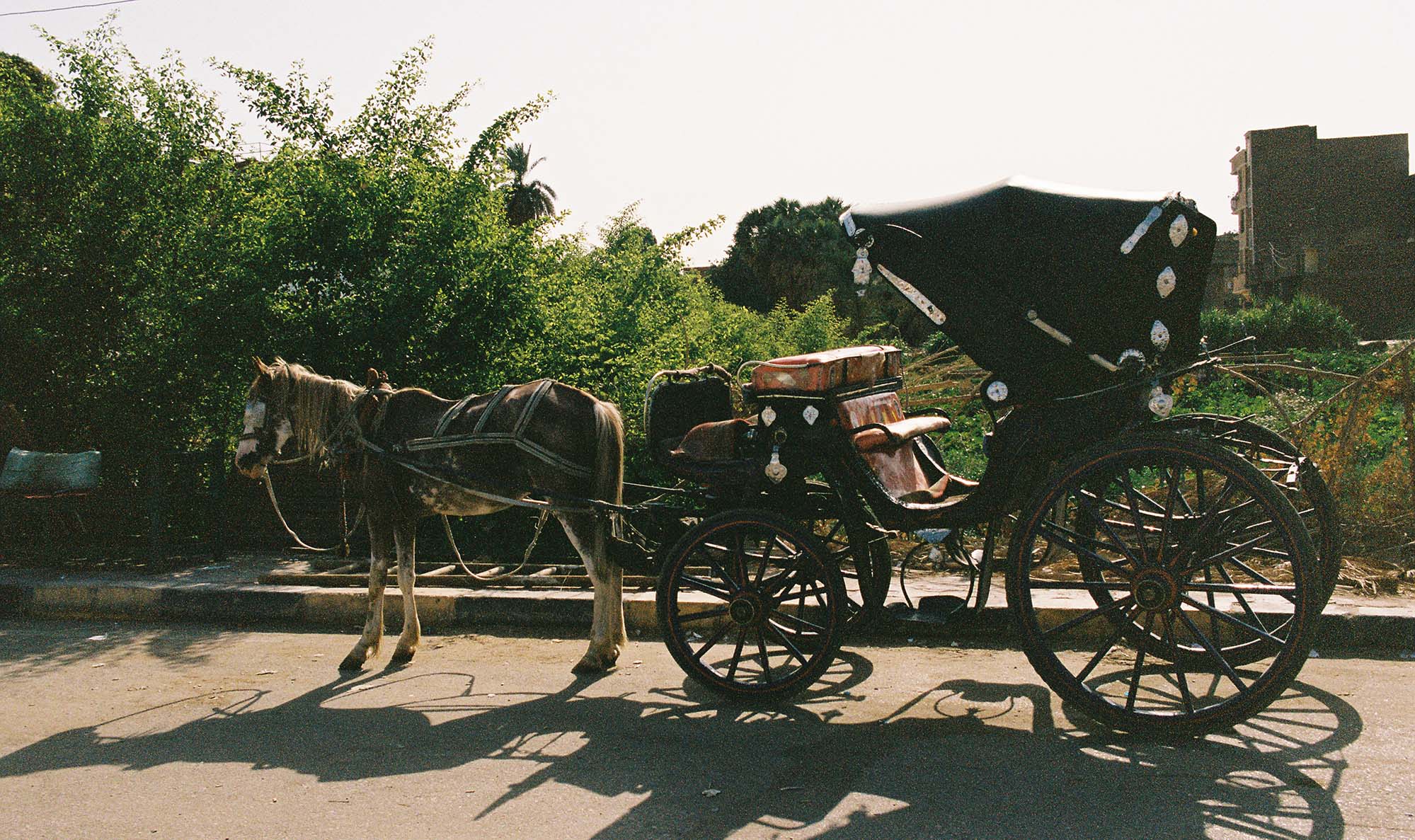
It sounds very suited to your particular approach in terms of thinking about identity.
This is the perfect expression of that. I’m a bit of a Poirot junkie, so anything along those lines is great for me. I want to wear a white linen suit and walk around ruins all day. That’s my idea of heaven. And all the aesthetic elements of Egypt really excite me as a photographer. The way that you can interact with the ruins, the way that you see when you’re on the boat, on the Nile, just the frames, the vignettes that you enter into are like…. Sparks fly out of my ears! There’s a kind of clarity about it. One of the things that’s always so disappointing about shooting places is that when I’m trying to capture the romance of it, all of this modern stuff is janking it up. You know what I mean? Somebody is wearing a mask or there’s something that makes it very time-specific. Whereas in Egypt, there’s just a purity of it. You can really enter into the fantasy of the experience. And I guess that’s what I’m always trying to do—go into a fantasy land, both a fantasy version of myself and a fantasy of what I’m doing.
Egypt came at the end of your Cape to Cairo journey. How did the whole trip come about?
Doing research on the Peter Beard book really made me want to go travel this way. And I thought a lot while I was there about Dan Eldon. In fact, I came to know of Peter in the 1990s by way of Dan Eldon, who was a London-born photographer raised in Kenya who road-tripped around southern and East Africa. He died in Mogadishu when he was 22. He was reporting for Reuters, and he was stoned to death. He made these books collaging together his work and doodles and things, similar to Peter. And so I wanted to recreate a little bit of his itinerary from his famous trip.
Also, in doing the research for the book, I was also reading about the generation once or twice in front of Peter who inspired him to go to Kenya and build his life there. It made me want to engage with some of the mythology around why we travel that has been informed by the colonialists—the idea that travel is this extractive experience. I’m going for something for me, either a souvenir or some piece of wisdom, something that’s going to make me a better person. I’m not sure what I learned as I went, but I wanted to butt up against it in a big-format way.
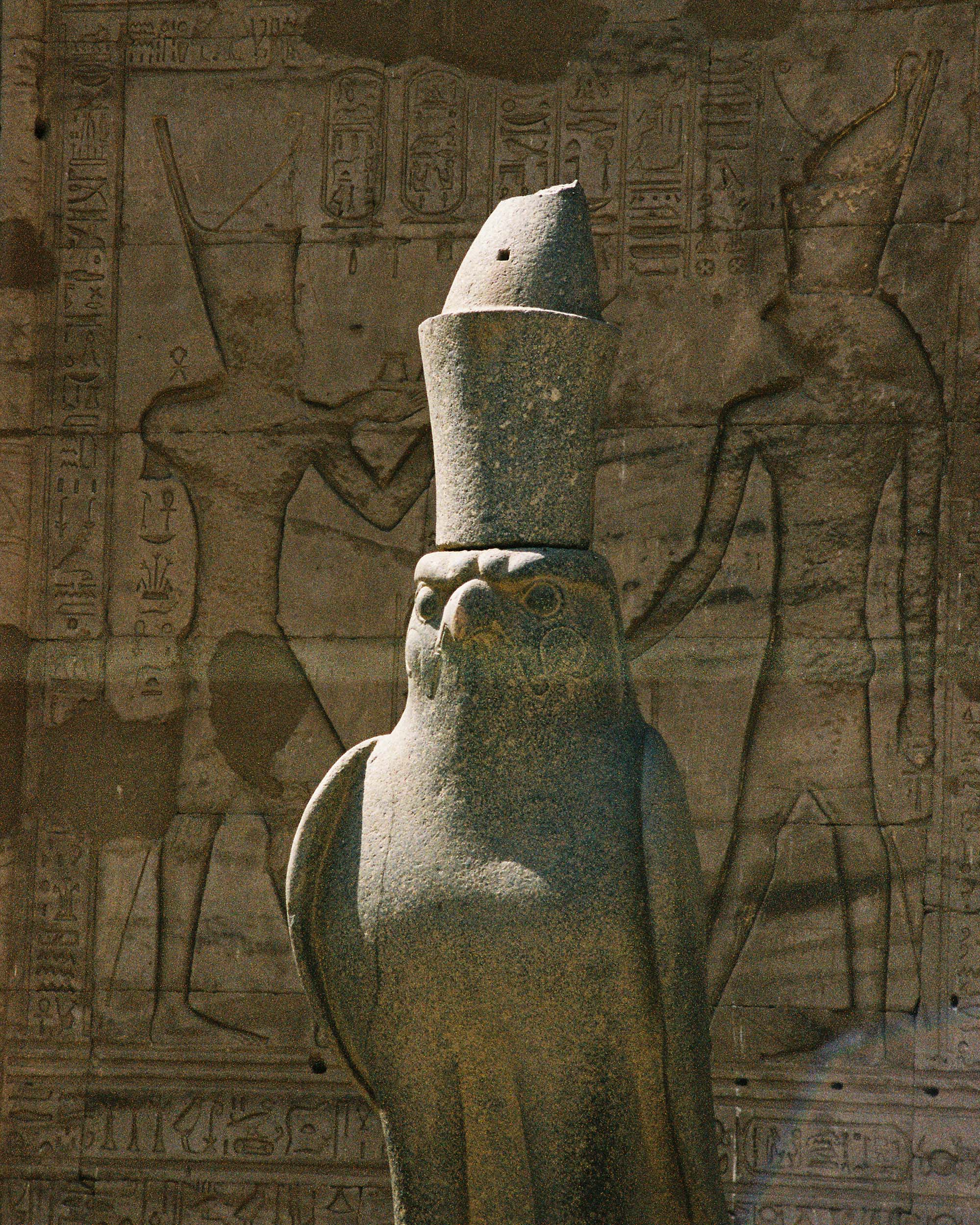
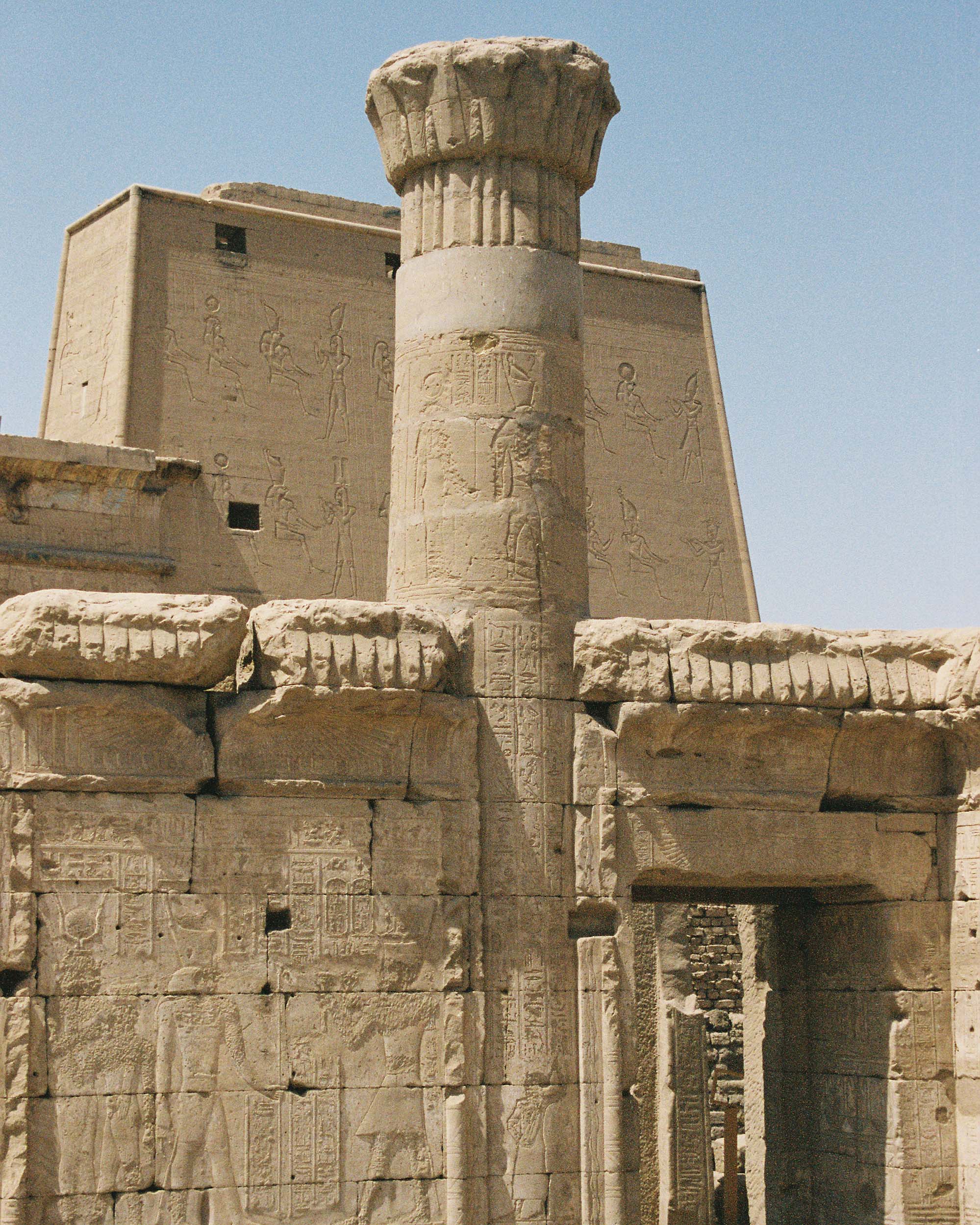
Maybe the fact that you aren’t claiming to have been fundamentally changed is good. It’s so commonplace the way people think about traveling to Africa—that you go to have your life changed and then never go back. But you keep going back.
I think this idea of going somewhere and having a revelation is sort of a false narrative. I remember the first time I went to the Galápagos. It was a really meaningful, almost religious experience, and I left feeling like I’m an ambassador for this place. That I had a responsibility. And so if anything, I feel like travel makes you more diffuse. I’ve left parts of myself elsewhere. It’s not like I’m becoming stronger, clearer, or more resolved. The opposite.
And yet, as you said, all of these experiences can have a lot of meaning, which can be enriching.
And make you a better citizen. And make you tan.

A great design or art fair sets the tone for the year, defines the conversations, and points to where taste is headed. These are the fairs defining 2026. Save the dates.
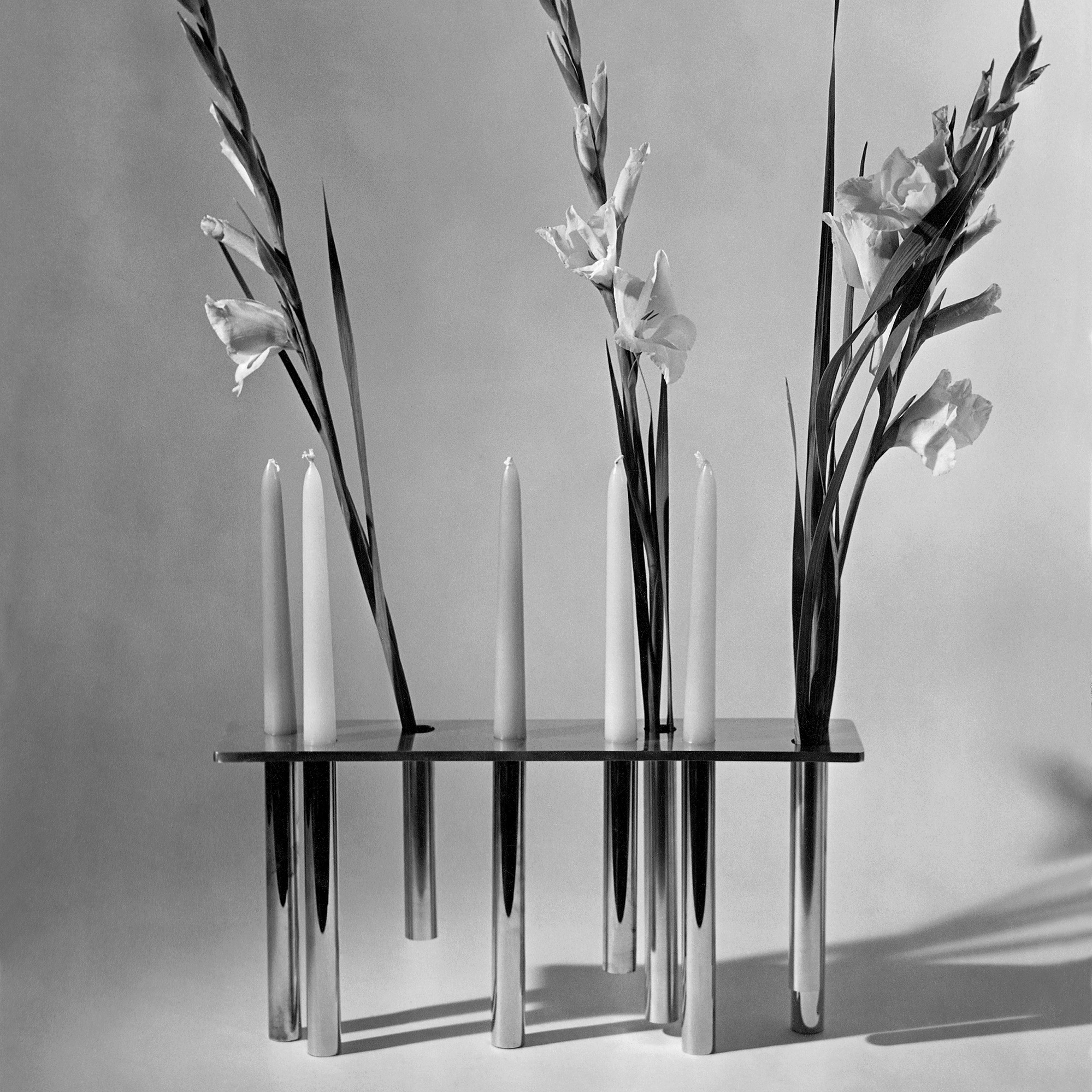
We assembled our favorite design objects for the people on your list that have everything, including taste.
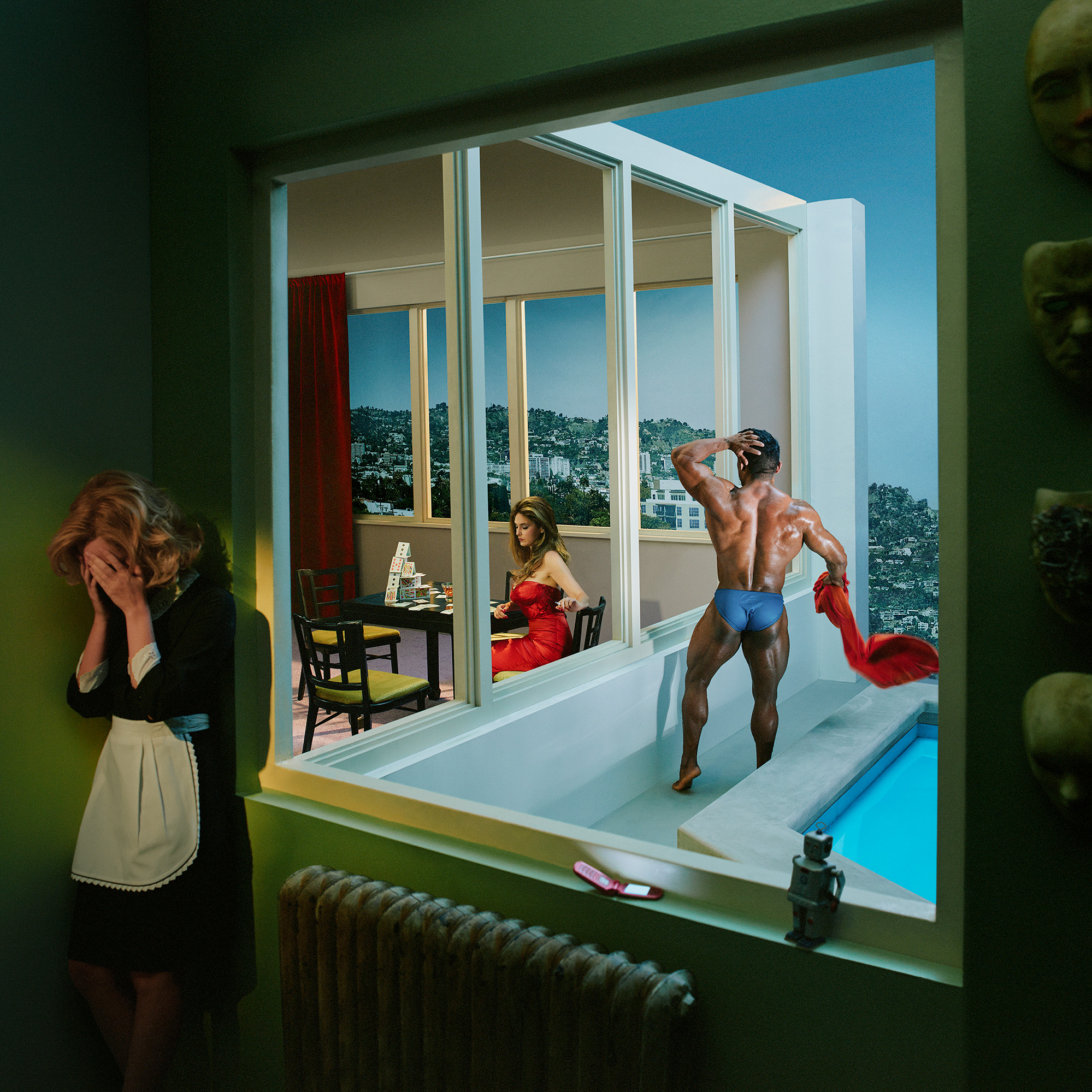
We checked in with our former podcast guests who will be inching through Miami traffic, unveiling new works, signing books and revealing new projects this year.